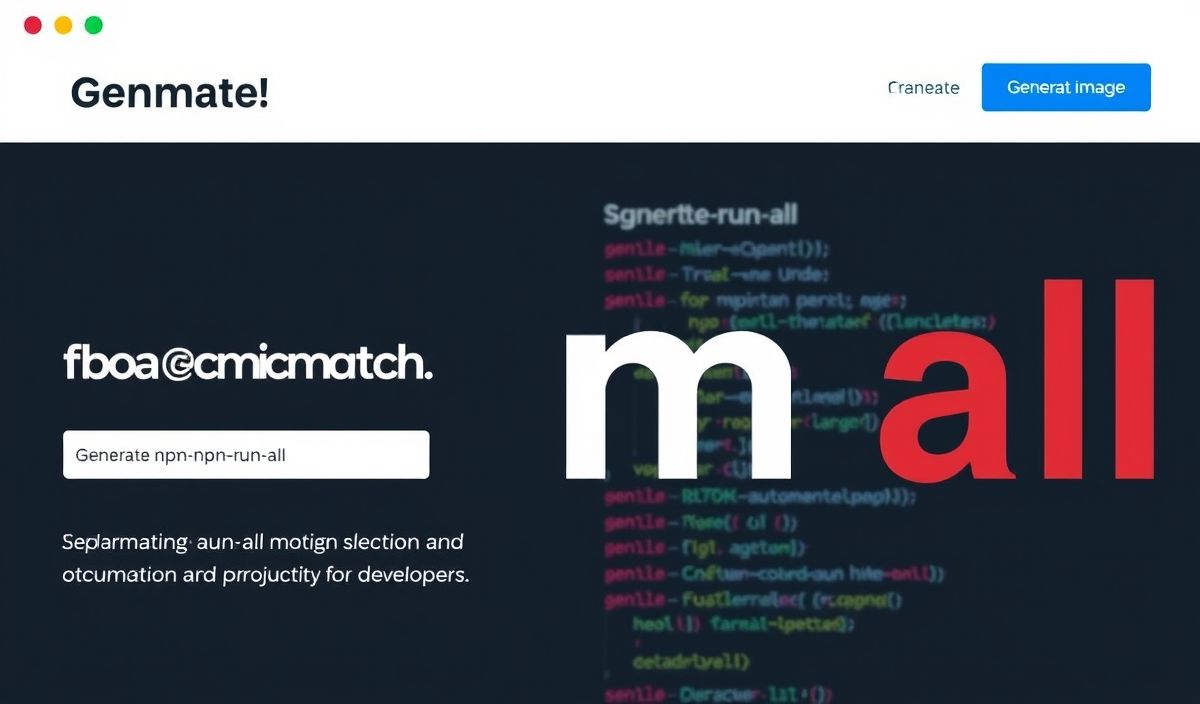Introduction to Regular Expressions (Regex): Unleashing the Power of Pattern Matching
Regular Expressions (Regex) are a powerful tool for searching, matching, and managing text. They are widely used in programming, text processing, data validation, and web development. Regex allows developers to define text patterns and use these patterns to locate, extract, replace, or validate specific content within a string.
In this article, you’ll learn about the basics of regex, explore built-in APIs in popular programming languages, and see a real-world application of regex through code snippets and an example project.
Regex Basics
^: Matches the start of a string.$: Matches the end of a string..: Matches any single character except a line break.*: Matches zero or more of the preceding element.[ ]: Denotes a set of characters.( ): Groups patterns for capturing.\\: Escapes special characters.
Regex APIs in Popular Programming Languages
1. Python
Python’s re module makes working with regex straightforward. Here’s an example:
import re
# Search for a pattern
pattern = r"\bhello\b"
text = "hello world"
match = re.search(pattern, text)
if match:
print("Pattern found:", match.group(0))
# Replace text
replaced_text = re.sub(r"\bworld\b", "Python", text)
print("Replaced text:", replaced_text)
2. JavaScript
JavaScript provides regex support natively via the RegExp object. Example:
// Test string against regex
const pattern = /\d{3}-\d{2}-\d{4}/;
const testText = "My SSN is 123-45-6789.";
console.log("Pattern found:", pattern.test(testText));
// Replace content in a string
const updatedText = testText.replace(/\d{3}-\d{2}-\d{4}/, "XXX-XX-XXXX");
console.log("Updated text:", updatedText);
3. Java
Java provides java.util.regex for regex. Example:
import java.util.regex.*;
public class RegexExample {
public static void main(String[] args) {
String text = "Contact us at support@example.com";
// Match pattern
Pattern pattern = Pattern.compile("\\b[A-Za-z0-9._%+-]+@[A-Za-z0-9.-]+\\.[A-Z|a-z]{2,}\\b");
Matcher matcher = pattern.matcher(text);
if (matcher.find()) {
System.out.println("Email found: " + matcher.group());
}
// Replace email
String maskedText = text.replaceAll(
"\\b[A-Za-z0-9._%+-]+@[A-Za-z0-9.-]+\\.[A-Z|a-z]{2,}\\b",
"email-hidden@example.com"
);
System.out.println("Masked text: " + maskedText);
}
}
Real-World Application: A Simple Email Validator
Imagine you’re building a user registration form, and you need to validate if the user has entered a valid email address before submitting the form. Here’s an example that uses regex for validation:
Python
import re
def validate_email(email):
pattern = r"^[a-zA-Z0-9._%+-]+@[a-zA-Z0-9.-]+\\.[a-zA-Z]{2,}$"
if re.match(pattern, email):
return True
return False
# Example usage
email = "user@example.com"
if validate_email(email):
print("Valid email!")
else:
print("Invalid email.")
JavaScript
// Validation function
function validateEmail(email) {
const pattern = /^[a-zA-Z0-9._%+-]+@[a-zA-Z0-9.-]+\.[a-zA-Z]{2,}$/;
return pattern.test(email);
}
// Example usage
const email = "user@example.com";
console.log(validateEmail(email) ? "Valid email!" : "Invalid email.");
Conclusion
Regular Expressions (Regex) are an invaluable tool for text processing, validation, and manipulation. From matching patterns to building sophisticated validation logic, regex can be used in countless scenarios. We hope these examples help you incorporate regex into your development projects.




